Idrw Team
SOURCE: IDRW.ORG


Hindustan Aeronautics Limited (HAL), a linchpin of India’s defence manufacturing, finds itself at a crossroads as it grapples with the fallout from the grounding of over 330 Advanced Light Helicopters (ALHs) following a fatal Indian Coast Guard crash in January 2025. The incident, which claimed lives and exposed potential flaws in the ALH platform, has sparked widespread concern among the armed forces, the Ministry of Defence (MoD), and the domestic defence community.
Yet, HAL’s response—a mix of defensiveness, deflection, and disdain for its critics—has done little to inspire confidence. Instead, it reveals a troubling organisational hubris that threatens to undermine India’s self-reliance in defence.
Continue readingSOURCE: IDRW.ORG


In a landmark development for India’s defense industry, Vietnam is set to become the second Asian nation after the Philippines to acquire the BrahMos supersonic cruise missile, with a deal valued at approximately ?5,990 crore (around $700 million). This agreement, reported on April 17, 2025, underscores India’s growing prowess as a global exporter of advanced weaponry and strengthens its strategic partnership with Vietnam amid rising maritime tensions in the South China Sea. The BrahMos missile, a product of a joint venture between India’s Defence Research and Development Organisation (DRDO) and Russia’s NPO Mashinostroyeniya, is poised to enhance Vietnam’s defense capabilities while cementing India’s role in the Indo-Pacific security architecture.
The deal comes at a time of heightened geopolitical tensions, with China’s assertive actions in the South China Sea prompting Southeast Asian nations to bolster their defense capabilities. For India, the agreement aligns with its broader strategic objectives of stabilizing its northern borders with China while supporting a secure Indo-Pacific through partnerships like the Quad. The BrahMos export to Vietnam is a delicate yet purposive move, balancing India’s trade ties with Beijing and its commitment to regional security.
Continue readingSOURCE: IDRW.ORG


In a significant development for global military aviation, Japan has reportedly approached the United States Air Force (USAF) to explore the acquisition of Boeing’s C-17 Globemaster III strategic airlifters. This move comes on the heels of India’s renewed interest in procuring additional C-17s to bolster its airlift capabilities, signaling a broader trend among nations seeking reliable, high-capacity transport aircraft.
However, with Boeing having ceased C-17 production nearly a decade ago in 2015, both countries face challenges in securing these coveted platforms. Japan’s interest is particularly intriguing given its domestically developed Kawasaki C-2 transport aircraft, raising questions about the motivations behind its pursuit of the C-17.
Continue readingSOURCE: IDRW.ORG
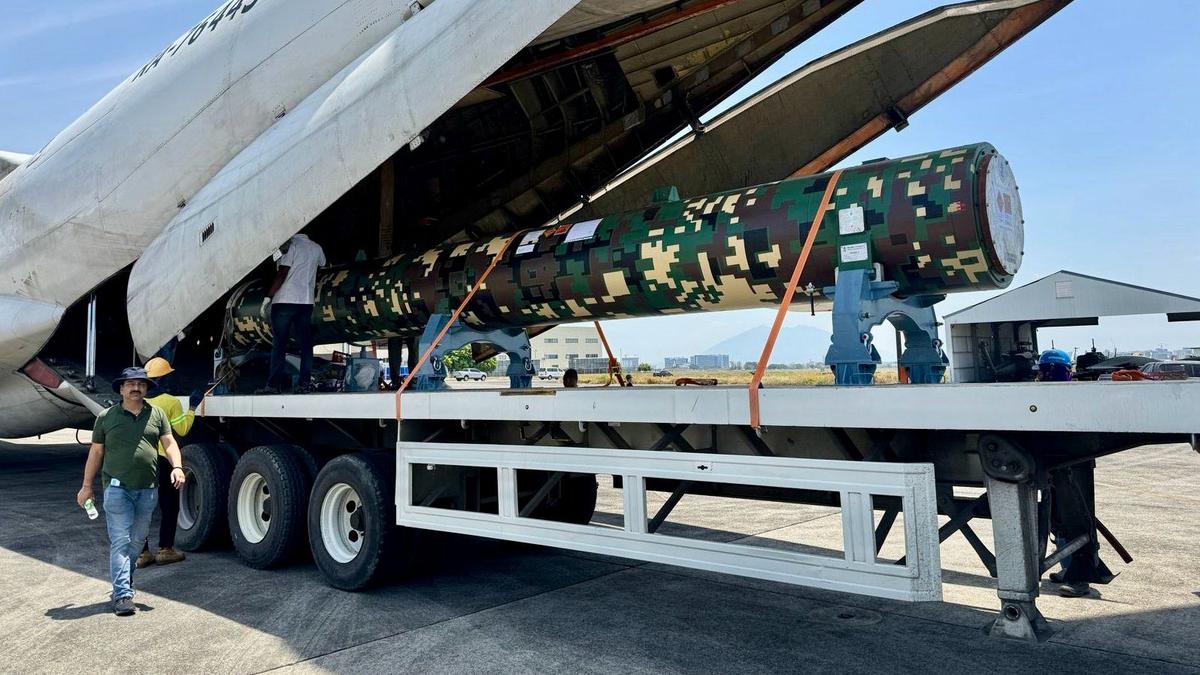

In a significant milestone for India’s defense export strategy, India has shipped the second of three batteries of the BrahMos supersonic cruise missile system to the Philippines, marking another step in the fulfillment of a $370 million contract signed in 2022. Sources in the defense and security establishment confirmed that the missile system was transported via ship, following the delivery of the first battery in 2024, which was airlifted by an Indian Air Force (IAF) transport aircraft.
The Philippines, the first international customer of the BrahMos missile, is set to receive the third battery in the coming months, reinforcing India’s growing stature as a global defense supplier under the “Make in India” and “Make for the World” initiatives.
Continue readingSOURCE: IDRW.ORG


India’s journey toward building a future-ready military is gaining momentum with the development of the Futuristic Infantry Combat Vehicle (FICV) — a next-generation platform poised to revolutionize the Indian Army’s battlefield mobility and lethality. Cleared for procurement by the Government of India in 2023, the FICV program represents a cornerstone of the Army’s ongoing modernisation and capability enhancement drive.
Currently undergoing rigorous technical evaluations (TEC) , the FICVs are designed to replace the ageing BMP-2/2K fleet and will bring in transformational upgrades in firepower, mobility, protection, and digital battlefield integration. The program is being pursued under the ‘Make in India’ initiative, with an emphasis on indigenous design, development, and manufacturing in partnership with private sector defence players and state-run entities.
Continue readingSOURCE: IDRW.ORG


Nagpur-based JSR Dynamics Pvt. Ltd., a rising star in India’s defense sector, is making waves with its latest innovation—the Miniature Ground Launched Drone-Weaponized (MGLD-W). This 400 kg-class ground-launched missile drone, powered by a 150 kgf turbojet engine, boasts a range of 297 km and a maximum speed of 0.85 Mach, positioning it as a formidable asset for precision strikes.
The MGLD-W is a lightweight, autonomous aerial vehicle designed for operational flexibility in modern combat scenarios. Weighing 400 kg, it is powered by a 150 kgf turbojet engine, enabling sustained thrust for long-range missions. With a range of 297 km, the drone can engage targets far beyond the reach of traditional artillery, offering a strategic advantage in standoff operations. Its maximum speed of 0.85 Mach (approximately 1,050 km/h at sea level) ensures rapid response, making it suitable for time-sensitive missions.
Continue readingSOURCE: IDRW.ORG


The Indian Air Force (IAF) has reached out to private sector companies to develop an advanced Automatic Take-Off and Landing Recording System, aiming to modernize a critical aspect of its operations at air bases across the country. Currently, the IAF manually records all aircraft take-offs and landings using handheld camcorders, a practice essential for post-accident/incident investigations and aircrew training debriefs.
However, this outdated method suffers from sub-optimal coverage, poor resolution, and a complete inability to function at night. By seeking an automated, high-tech solution, the IAF intends to enhance safety, training, and operational oversight—ushering in a leap forward with the help of India’s private industry under the Atmanirbhar Bharat framework.
Continue readingSOURCE: IDRW.ORG
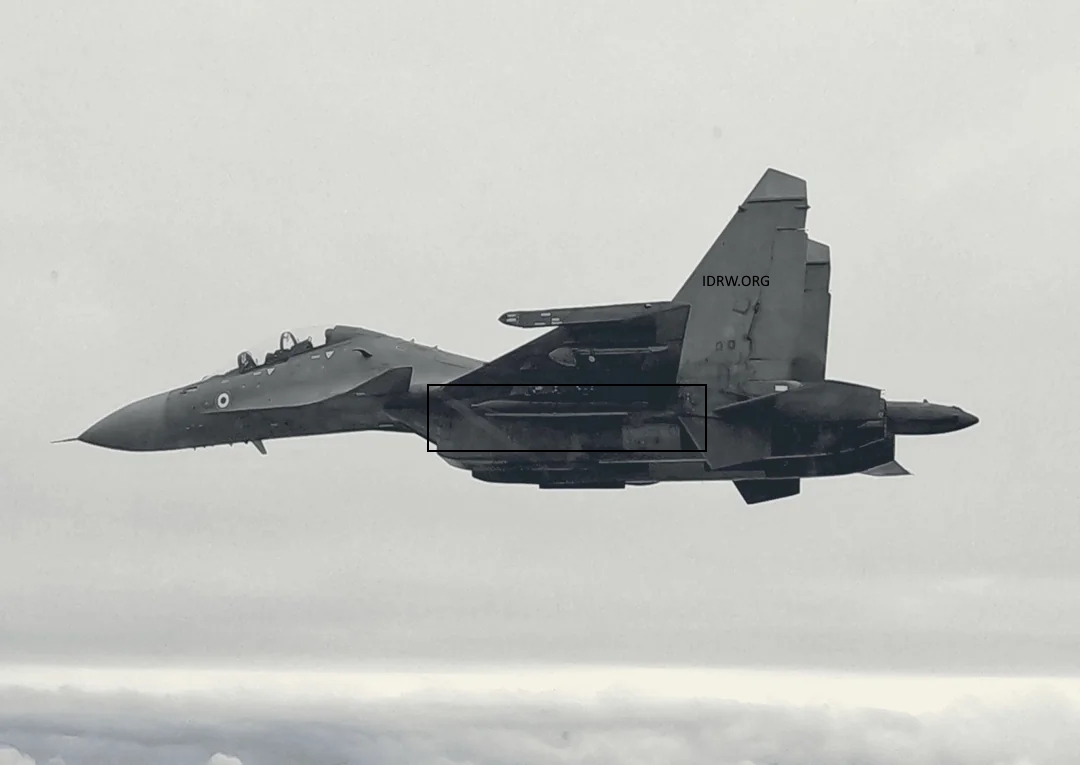

In a significant leap toward self-reliance in defense technology, the Indian Air Force (IAF) is integrating the cutting-edge Khagantak 225 glide bomb, a 243 kg precision-guided munition, with its formidable Su-30MKI fighter aircraft. Developed by Nagpur-based startup JSR Dynamics Pvt. Ltd., in collaboration with Bharat Electronics Limited (BEL), this indigenous weapon marks a historic milestone as the first glide bomb produced by India’s private sector. With advanced guidance systems, a potent warhead, and an impressive range, the Khagantak 225 enhances the IAF’s ability to conduct long-range, high-precision strikes while keeping its aircraft beyond the reach of enemy air defenses.
The Khagantak 225 is a long-range, stand-off glide bomb designed to deliver pinpoint accuracy against high-value targets. Weighing 243 kg, it carries a 108 kg warhead optimized for blast-fragmentation effects, making it ideal for engaging fortified structures, command posts, and other critical infrastructure. The bomb’s standout feature is its hybrid guidance system, combining Inertial Navigation System (INS) and Global Positioning System (GPS) for robust mid-course navigation, even in GPS-denied environments. In the terminal phase, a Mid-Wave Infrared (MWIR) seeker takes over, providing exceptional targeting precision by locking onto the heat signatures of designated targets.
Continue readingSOURCE: IDRW.ORG
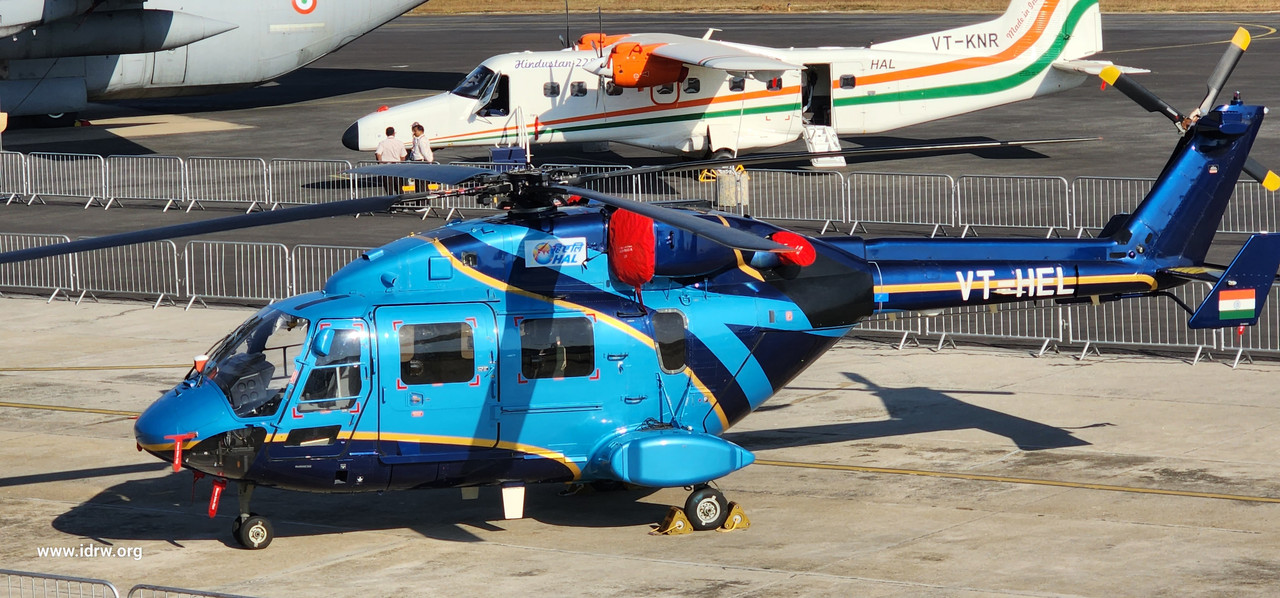

The Comptroller and Auditor General of India (CAG) has sharply criticized Hindustan Aeronautics Limited (HAL) for significant delays in securing European Aviation Safety Agency (EASA) certification for its Advanced Light Helicopter (ALH) Dhruv, specifically the civilian variant referred to as Helicopter 1 in the report.
The prolonged certification process, which spanned over a decade, resulted in impaired costs of ?108.24 crore and severely hampered HAL’s export potential, undermining its credibility in the international aviation market. The CAG’s findings, detailed in a recent report, highlight systemic issues in HAL’s approach to international civil aviation certification and call for urgent reforms to prevent similar setbacks in future projects.
Continue readingSOURCE: IDRW.ORG
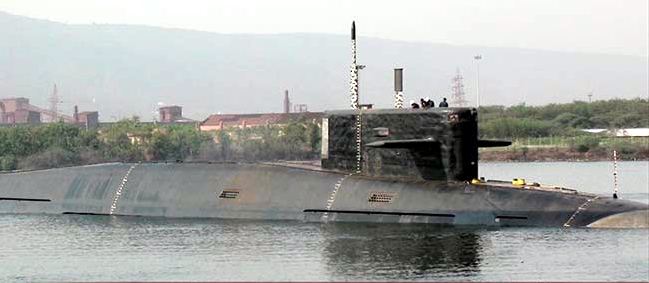

The Center for International Strategic Studies (CISS), a prominent Pakistani think tank, has called on the Pakistani government to oppose the recent approval by the U.S. Department of Energy (DOE) allowing Holtec International to transfer Small Modular Reactor (SMR) technology to India. The decision, announced in early 2025, enables India to design and construct advanced SMRs, raising concerns in Islamabad about the potential military implications, particularly for India’s nuclear submarine programs.
SMRs, compact nuclear reactors with a capacity of up to 300 MW, are designed for diverse applications, including electricity generation, industrial use, and marine propulsion. Their smaller size and modular construction make them ideal for environments requiring high efficiency and limited space, such as submarines. The CISS argues that this technology transfer could significantly enhance India’s ability to develop more efficient reactors for its Strategic Submarine Ballistic Nuclear (SSBN) and Nuclear-Powered Attack Submarine (SSN) programs, thereby strengthening its naval deterrence and power projection in the Indian Ocean Region (IOR).
Continue readingSOURCE: IDRW.ORG


The Indian Air Force (IAF) has issued a call to private sector companies to design and develop indigenous Main Rotor Blades for its fleet of Mi-17 helicopters, a workhorse in its rotary-wing operations. These helicopters, available in variants like the Mi-17 V5, serve critical roles in troop transport, disaster relief, and combat support across India’s diverse terrains.
However, the Main Rotor Blades—vital for lift and maneuverability—come with a limited Total Technical Life (TTL), lack an overhaul option, and require frequent replacement as mandated by the Original Equipment Manufacturer (OEM), Russia’s Mil Moscow Helicopter Plant.
Continue readingSOURCE: IDRW.ORG
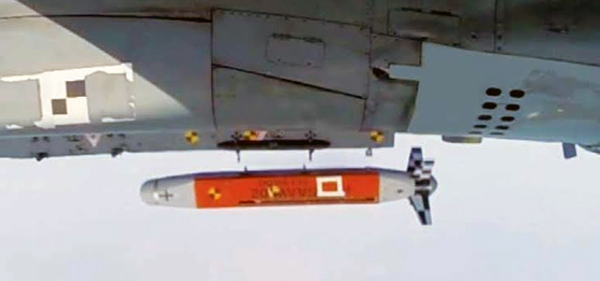

India’s Defence Research and Development Organisation (DRDO) has embarked on preparations to test an advanced iteration of its Smart Anti-Airfield Weapon (SAAW), marking a significant leap in precision-guided munitions technology. The next-generation SAAW, equipped with an Electro-Optical (EO) seeker, will now possess the capability to engage moving targets—a feature that broadens its operational scope beyond static infrastructure. Retaining its impressive 100-kilometer range, this upgraded variant promises to enhance India’s tactical strike capabilities, reinforcing its position as a leader in indigenous defense innovation.
The Smart Anti-Airfield Weapon, first tested in 2016, was designed as a lightweight, precision-guided bomb to neutralize enemy airfields, bunkers, and radar installations. Developed by DRDO’s Research Centre Imarat (RCI) in collaboration with the Indian Air Force (IAF), the baseline SAAW weighs approximately 125 kg and uses a satellite-based inertial navigation system (INS) augmented by GPS for guidance. Dropped from aircraft like the Jaguar, Su-30 MKI, and Hawk, it employs a high-explosive penetration warhead to crater runways or destroy fortified targets, rendering them inoperable.
Continue readingSOURCE: IDRW.ORG


In a significant stride toward self-reliance in defense technology, Larsen & Toubro’s Precision Engineering Systems (L&T PES) has successfully completed preliminary sea trials of its indigenously designed and developed 651 kW Waterjet Propulsion System. The system, boasting over 70% indigenous content, was tested aboard the Indian Navy’s Fast Interceptor Craft, marking a key milestone under the Defence Research and Development Organisation’s (DRDO) Technology Development Fund (TDF) scheme. This achievement, announced on April 15, 2025, underscores India’s growing prowess in maritime engineering and the critical role of private sector innovation in bolstering naval capabilities.
The 651 kW (~885 hp) Waterjet Propulsion System is a testament to L&T’s engineering excellence and its commitment to the “Make in India” initiative. Designed by L&T PES, the system is tailored for high-speed naval operations, offering superior maneuverability, efficiency, and shallow-water performance. Waterjet propulsion, unlike conventional propellers, accelerates water through a pump to generate thrust, enabling rapid response and precise control—critical for Fast Interceptor Crafts used in coastal defense, surveillance, and anti-smuggling missions.
Continue readingSOURCE: IDRW.ORG
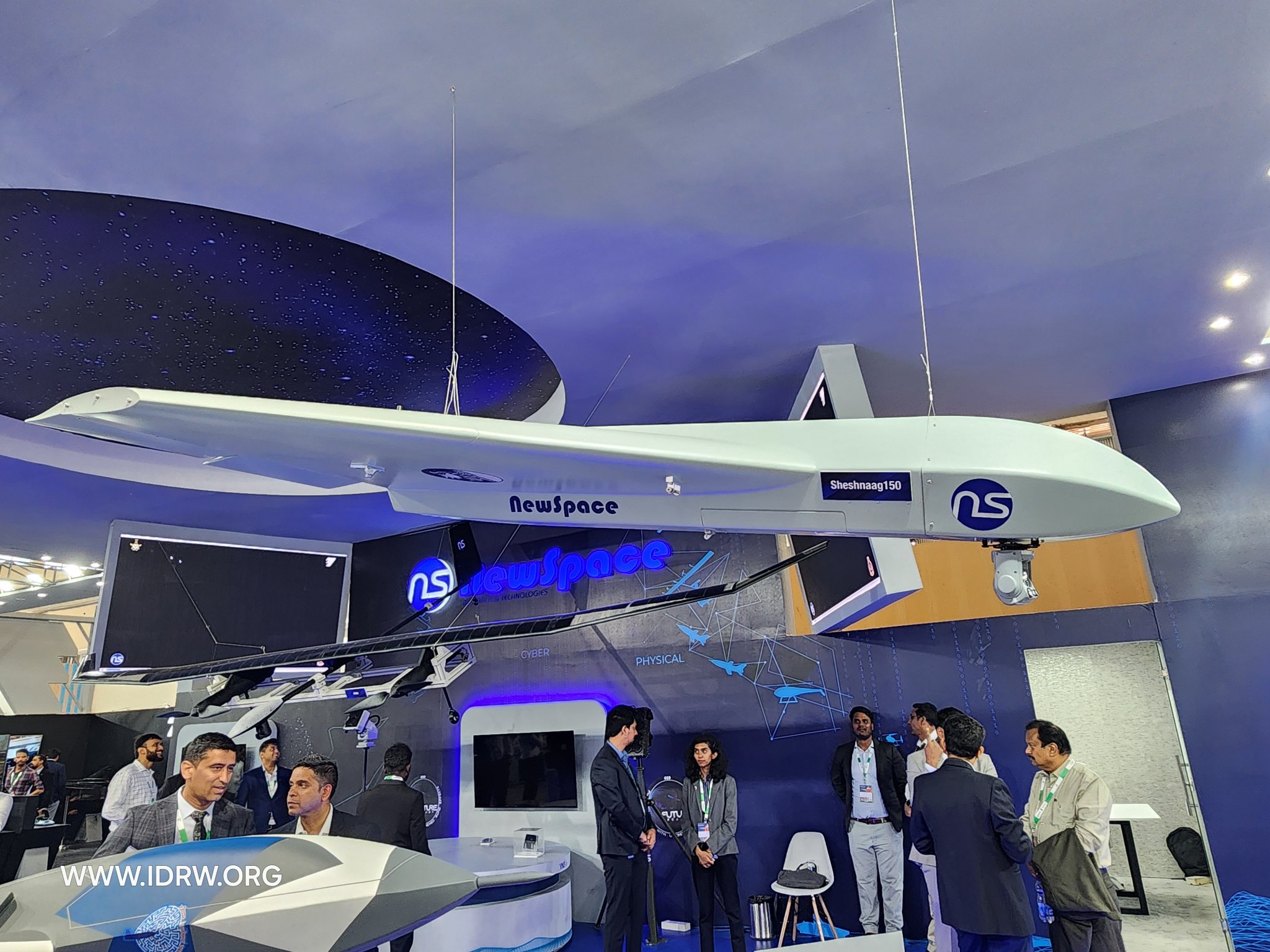

The Indian Air Force (IAF) is set to release a Request for Information (RFI) inviting private industry partners to design and develop advanced ground-launched, Beyond Visual Line of Sight (BVLOS) loitering munitions. These smart, electro-optically guided systems, with a range of 500 to 1,000 kilometers, are poised to redefine India’s tactical strike capabilities.
Featuring a 50 kg explosive warhead and the ability to loiter for over six hours, these munitions promise enhanced precision, flexibility, and autonomy—key attributes for modern warfare. This move, aligned with India’s Atmanirbhar Bharat initiative, underscores the IAF’s intent to leverage indigenous innovation to meet evolving security challenges.
Continue readingSOURCE: IDRW.ORG
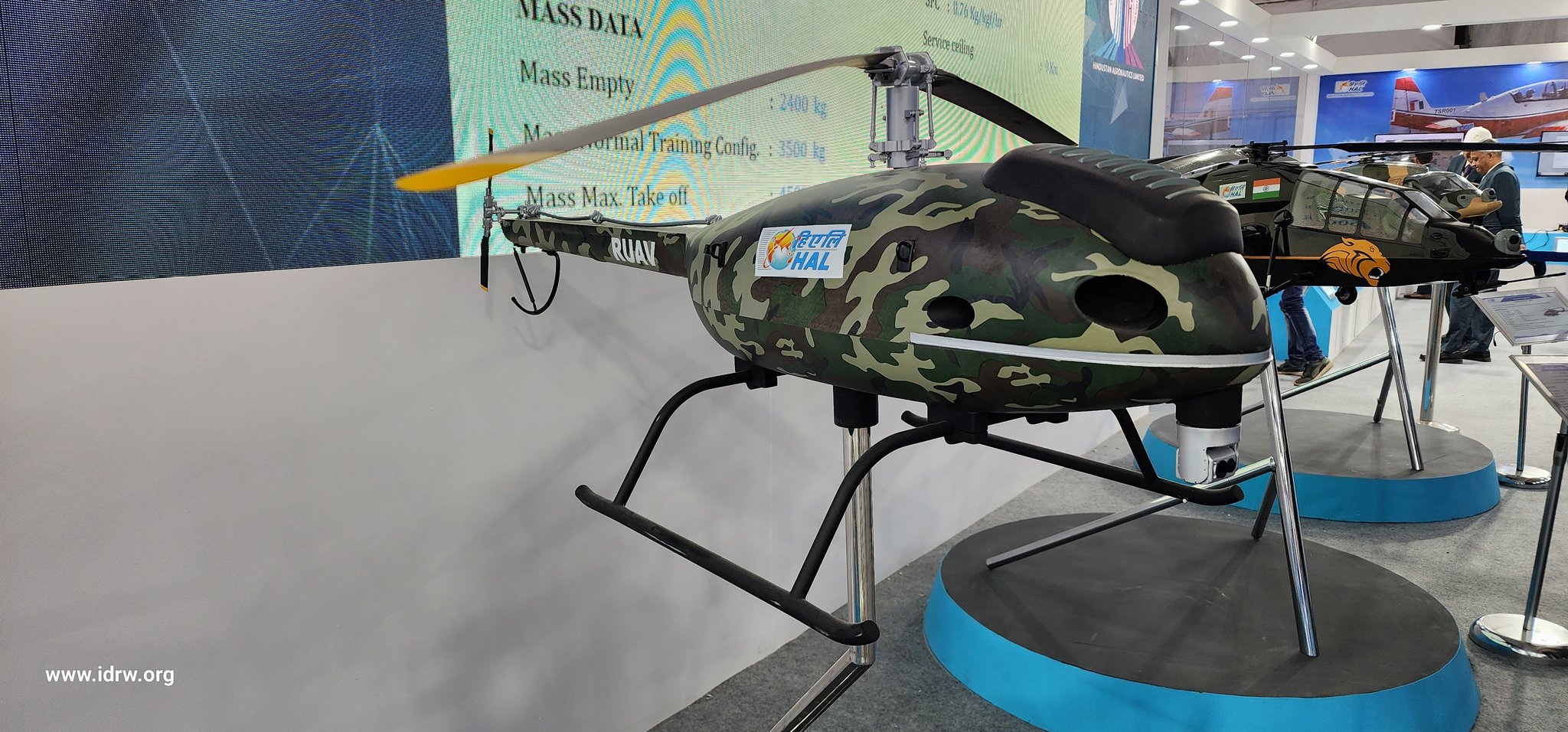

The Comptroller and Auditor General of India (CAG) has delivered a scathing critique of Hindustan Aeronautics Limited (HAL) over its Rotary Unmanned Aerial Vehicle (RUAV-200) program, highlighting significant lapses in planning and execution that led to financial losses and missed opportunities in the defense market.
The CAG’s recent report on Project 3 (Rotary UAV Development) underscores HAL’s failure to conduct a detailed market survey or demand assessment before initiating the project, resulting in a product that failed to meet operational requirements and secure defense contracts. With an impaired cost of ?9.54 crore and no lessons learned to guide future endeavors, the RUAV-200 program serves as a cautionary tale for HAL’s ambitions in the unmanned aerial vehicle (UAV) sector. The CAG has recommended sweeping reforms to ensure that future UAV projects are market-driven, operationally viable, and aligned with defense procurement roadmaps.
Continue reading